Top Image: Gloster Gladiator in flight over Egypt, 1941. Courtesy Imperial War Museums.
Malta is a tiny archipelago situated between Sicily and Tunisia. Sitting astride the sea lanes between the western and central Mediterranean Sea, it has been strategically important since ancient times. When World War II began in 1939, Malta was a British possession, and an important post linking Gibraltar in the west to Egypt and the Suez Canal in the east. It also could serve as a stepping stone—or a significant barrier—between Sicily and the Italian colony of Libya in North Africa.
Hoping to keep Italy out of the war, the British government strongly considered handing over Malta to Italian dictator Benito Mussolini as a bribe. Prime Minister Winston Churchill helped quash that idea, and fortunately so, for when Italy entered the war on the side of the Axis on June 10, 1940, just as France was falling to German invasion, Malta immediately became vital to British efforts to hold onto the Suez Canal and the Middle East.
Mussolini’s air force—the Regia Aeronautica—launched its first assaults on the Maltese islands on June 11. The harbor of Valletta received special attention. Unfortunately for the Maltese people and the small British garrison, nothing seemed available to counter the constant Italian air attacks. What planes were available had been relegated to the defense of Great Britain, or to Egypt.
Scrounging around, however, Air Commodore Foster Maynard discovered a number of packing crates that had been left behind by a visiting aircraft carrier earlier in the war. Inside, disassembled, were some Gloster Gladiator biplanes. With a design dating all the way back to 1934, this single-seater fighter was by 1940 already obsolete. With a maximum speed of only 257mph, the plane was much slower than the monoplane fighters that dominated most air combat in Europe. Still, the Gladiator was a durable aircraft, and it was maneuverable while also being easy to fly.
Maynard’s mechanics eventually were able to assemble six of the Gladiators, but this only allowed them to put three aircraft in the air at any one time, with the other three being used as backups and for spare parts. Still, the British were desperate to be able to put anything into the air against the Italians—not just to interfere with their bombing raids, but to prove to the people of Malta that somebody was fighting to defend them against enemy bombs.
The Italian aircraft soaring over Malta may not have been up to German standards, but they were nevertheless effective and far more modern than the Gladiators. They included the Macchi C.200 monoplane fighter, with a maximum speed of 313mph, and the tri-engine Savoia-Marchetti 79 bomber, which with a maximum speed of 290mph could also outrun or, with a full payload, at least match the speed of the lumbering Gladiators. To do any damage at all to the Italians, the British pilots would have to employ their aircraft creatively, to say the least.
Gloster Gladiator “Faith,” as refitted later in the war before being presented to the people of Malta. Courtesy Imperial War Museums.
Still, the Gladiators gave all they had. As Maltese civilians gathered to watch the air combat in the clear blue Mediterranean skies, they were delighted to see the biplanes swoop fearlessly to engage the Italians. The biplanes were immediately recognizable because of their shape, and soon seemed to take on personalities of their own to those watching from below. Somewhere along the way they acquired the nicknames of Faith, Hope, and Charity.
Over the 10 days from June 11-21, 1940, these three Gladiators (really six aircraft used interchangeably) and their dedicated volunteer pilots formed Malta’s only defense against enemy bombing raids. Later in June a few Hurricane fighters bolstered the island’s defense; but still the old Gladiators had to take to the air. "You would take off in a Gladiator with some of the few Hurricanes we had on the island and head up towards the Italians," Flight Lieutenant James Pickering remembered many years later. "Sometimes there would be a hundred plus—clouds of bombers and fighters swarming above. And then, in a moment, you would be on your own—everything else had overtaken you."
Incredibly, the Gladiators managed to shoot down several Italian aircraft against the loss of only one British plane shot down at the end of July. The intrepid British pilots managed to disrupt the Italian raiders, forcing them to emphasize self-protection rather than accuracy, and sometimes to drop their bombs off-target. The Gladiators’ most important role, however, was in bolstering the confidence of the people of Malta and their small, ragged crew of British defenders. They would need that confidence in the years ahead, as the German Luftwaffe joined in the bombing to the point that by 1942 Valletta became the single most heavily bombed place on earth. In April of that year, King George VI awarded the George Cross to the entire island "to bear witness to a heroism and devotion that will long be famous in history.”
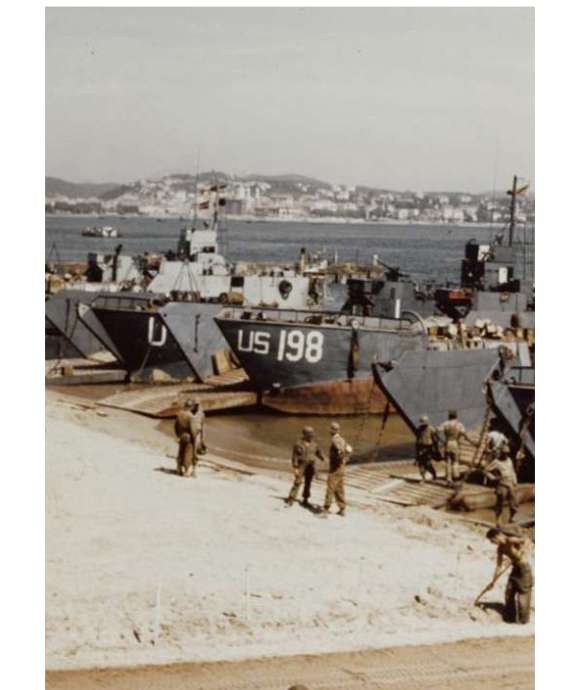
Forgotten Fights: Operation Dragoon and the Decline of the Anglo-American Alliance
Operation Dragoon was the successful Allied invasion of southern France that also highlighted the intense Allied disagreements over strategy.
Ed Lengel, PhD
Edward G. Lengel is the former Senior Director of Programs for the National WWII Museum’s Institute for the Study of War and Democracy.
Cite this article:
MLA Citation:
APA Citation:
Chicago Style Citation:
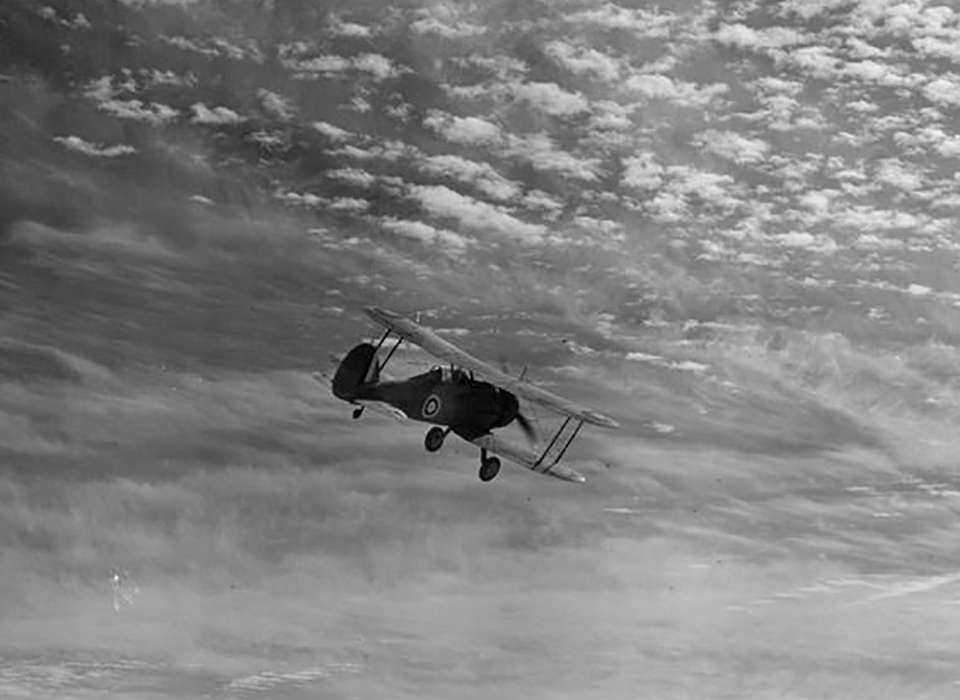
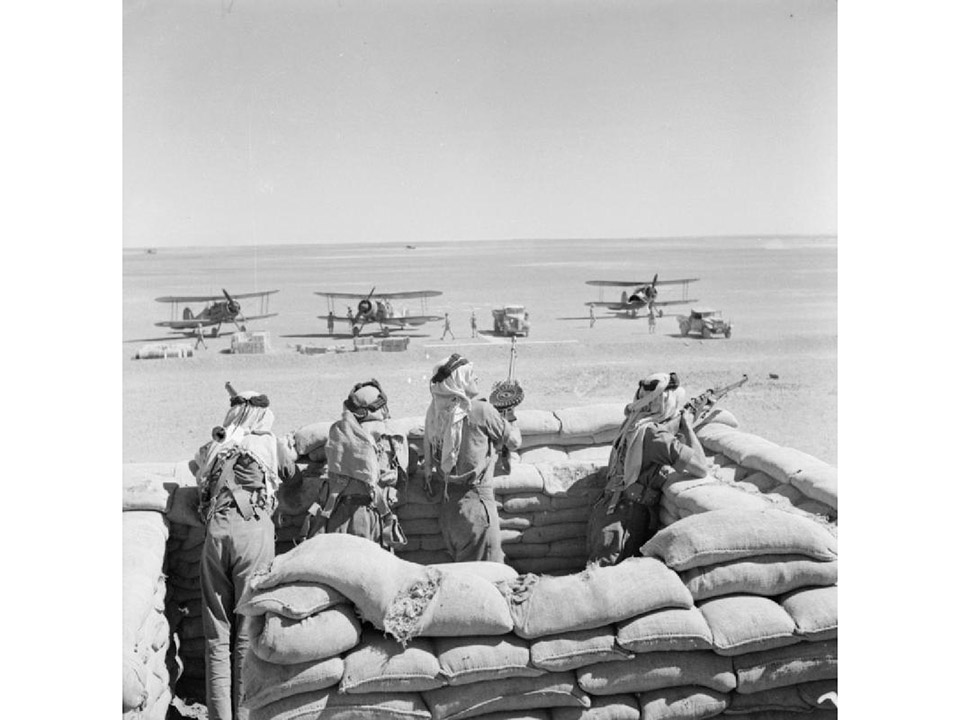
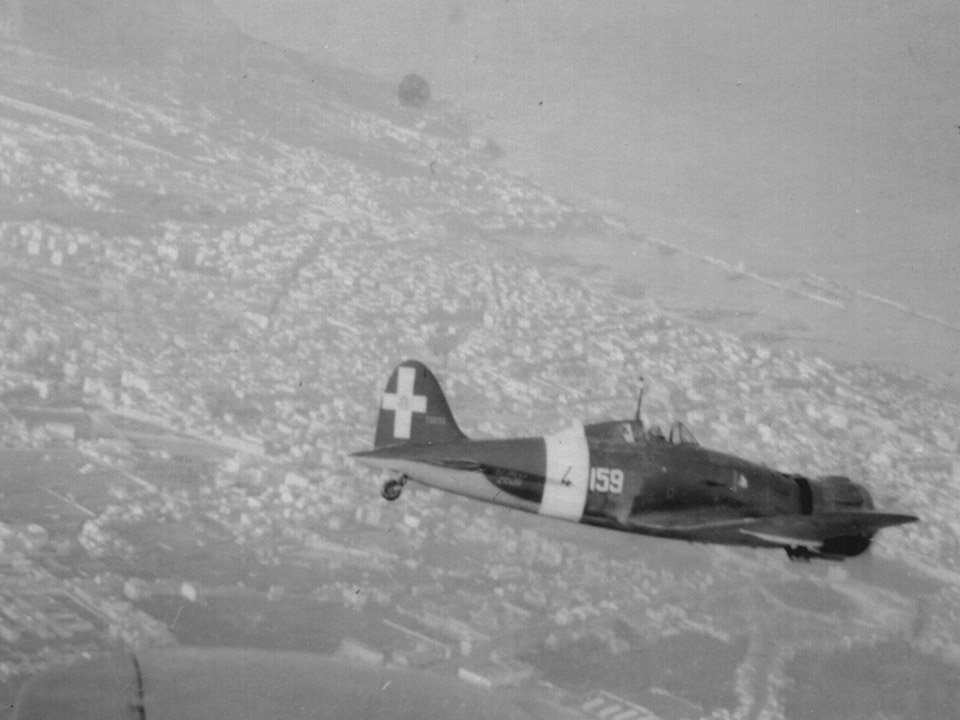
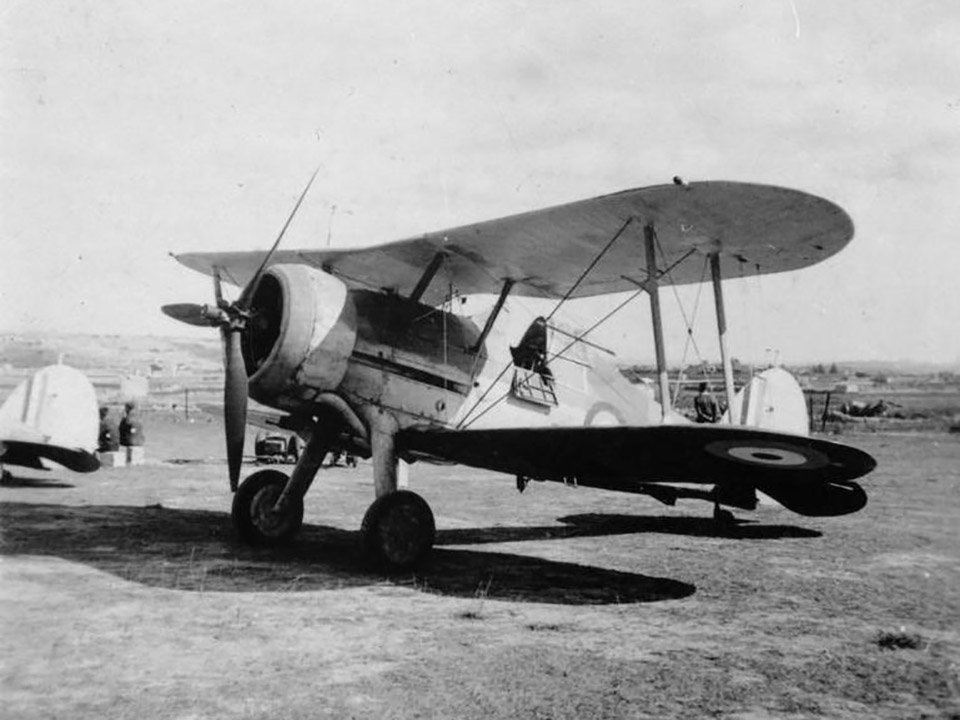
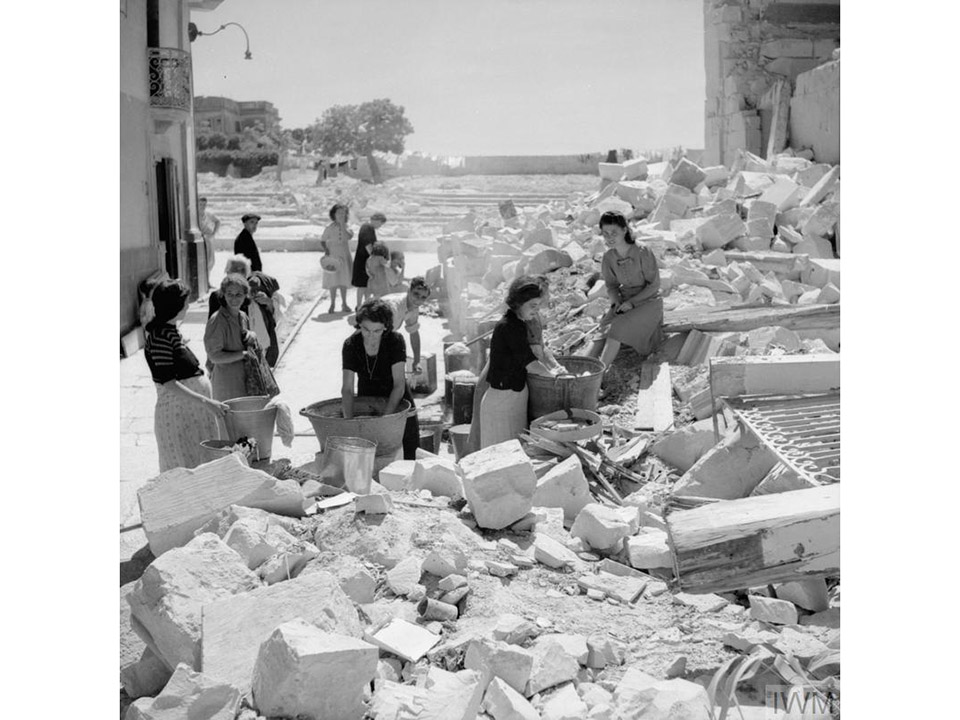




![Max Fuchs, New York City cantor, sings as Rabbi Sydney [sic] Lefkowitz, Richmond, VA, conducts the first Jewish services from Germany.](/sites/default/files/styles/max_650x650/public/2025-10/image1.jpg)



